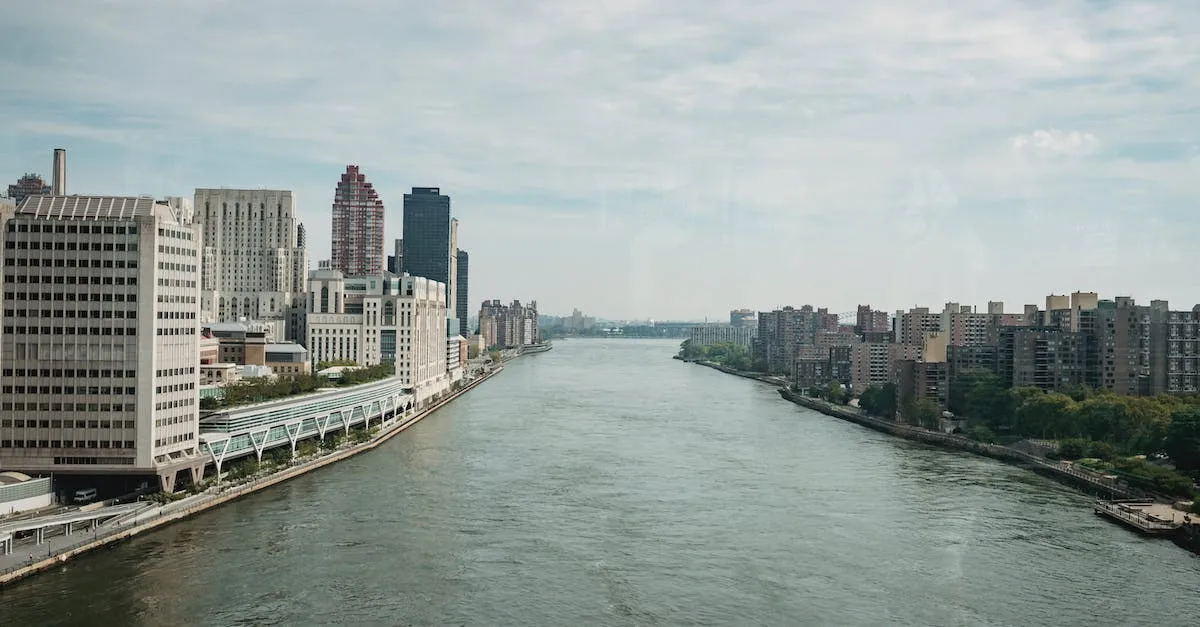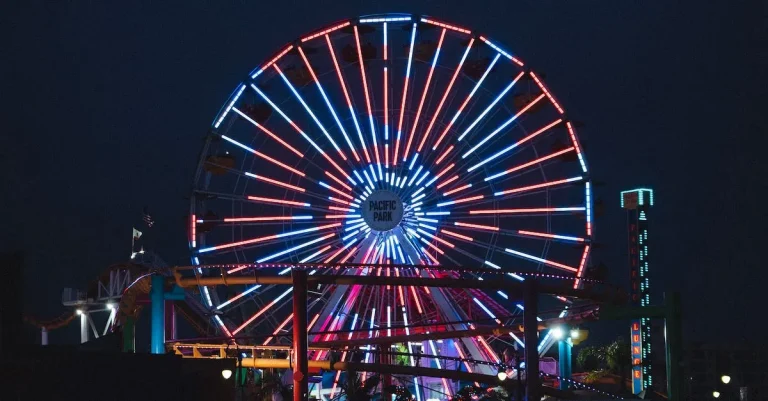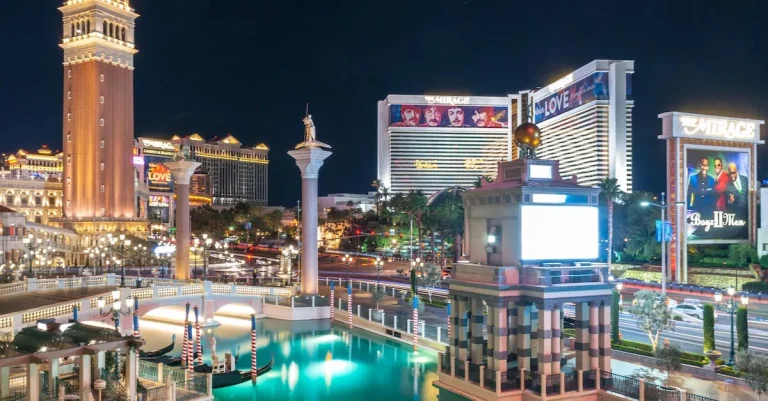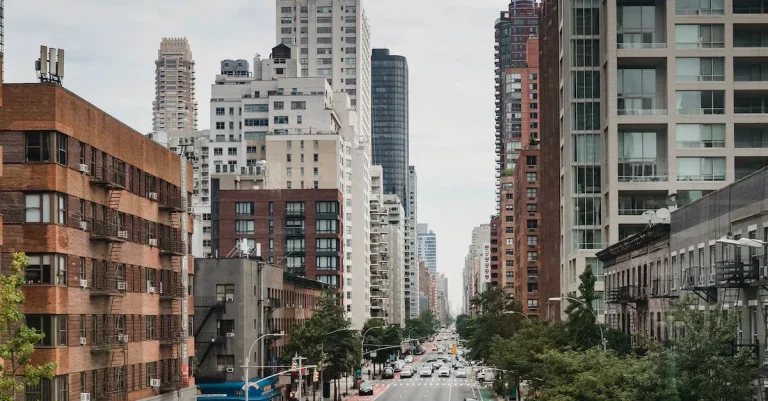What Is Considered Upstate New York? Defining The Regions Of The State
New York State has a distinct geographic and cultural divide between the bustling metropolitan New York City area and the more rural ‘upstate’ region. But what exactly constitutes upstate New York?
If you’re short on time, here’s a quick answer to your question: Upstate New York refers to the portion of the state located north of the New York City metropolitan area and Long Island.
In this in-depth guide, we’ll examine the different definitions of upstate New York based on political, geographical, cultural, and perceptual boundaries. We’ll also overview the major regions, cities, and characteristics that make up this vast area.
Political and Geographic Definitions
Upstate by county
Defining Upstate New York can be a bit tricky due to the differing opinions on what areas should be included. One common way to define Upstate is by county. According to this definition, the term “Upstate” refers to the counties that are located north of the New York City metropolitan area, including Westchester County.
This includes counties such as Albany, Buffalo, Rochester, Syracuse, and many others. These counties are generally considered to be part of the Upstate region due to their geographical location and distinct cultural and economic characteristics.
New York State economic development regions
Another way to define Upstate New York is based on the state’s economic development regions. The state of New York is divided into ten economic development regions, each with its own unique characteristics and industries.
Upstate New York is typically defined as the regions outside of the New York City metropolitan area, which includes the Capital Region, Central New York, Finger Lakes, Mohawk Valley, North Country, Southern Tier, and Western New York.
The Capital Region, centered around Albany, is known for its strong government presence and thriving tech industry. Central New York, home to Syracuse and Utica, is known for its universities and manufacturing sector. The Finger Lakes region is famous for its wineries and beautiful landscapes.
The Mohawk Valley is known for its rich history and transportation infrastructure. The North Country, located near the Canadian border, is known for its outdoor recreational opportunities. The Southern Tier is home to Binghamton and boasts a diverse economy, including agriculture and high-tech industries.
Western New York, with cities like Buffalo and Rochester, is known for its strong manufacturing and healthcare sectors.
It’s important to note that these definitions are not set in stone and can vary depending on who you ask. Some people may have different opinions on what areas should be considered Upstate. However, the county and economic development region definitions provide a useful starting point for understanding the regions of New York State.
Cultural and Perceptual Boundaries
The concept of “upstate” in New York is not just a geographical distinction, but also carries cultural and perceptual boundaries. The term “upstate” refers to the northern part of the state, beyond the boundaries of New York City and its surrounding suburbs.
However, what exactly constitutes “upstate” can vary depending on who you ask.
The ‘upstate’ identity
For many New Yorkers, the ‘upstate’ identity is closely associated with a more rural and scenic lifestyle, away from the fast-paced hustle and bustle of the city. The region is known for its picturesque landscapes, charming small towns, and a slower pace of life.
It is a place where people can escape from the concrete jungle and enjoy nature’s beauty.
Upstate New York is also known for its rich history and cultural heritage. From the historic sites of the Hudson Valley to the iconic Finger Lakes region, the area is filled with landmarks and attractions that showcase the state’s past.
Whether it’s exploring the Erie Canal, visiting the homes of famous writers like Mark Twain in Elmira, or discovering the vibrant art scene in cities like Rochester, upstate New York offers a diverse range of cultural experiences.
Where locals draw the line
While there is no official designation for what is considered upstate New York, locals often have their own perceptions and boundaries. Some might argue that anything outside of the five boroughs of New York City is upstate, while others might draw the line further north, including regions like the Hudson Valley, the Catskills, or even the Adirondack Mountains.
It’s worth noting that these boundaries can be subjective and vary from person to person. Some might consider a particular city or town upstate, while others might not. Ultimately, it’s a matter of personal interpretation and cultural affiliation.
To get a better understanding of the cultural and perceptual boundaries of upstate New York, it’s helpful to explore the experiences and perspectives of the locals. Engaging in conversations with residents of different regions can provide valuable insights into how they define and identify with the upstate identity.
For more information about the regions of upstate New York, you can visit www.iloveny.com/upstate/ which provides detailed information about the different areas and attractions in the state.
Major Regions and Cities of Upstate New York
Overview of major upstate regions
Upstate New York is a vast and diverse region that encompasses several major regions. These regions are known for their scenic landscapes, rich history, and unique cultural offerings. One of the most well-known regions is the Finger Lakes, named after the long, narrow lakes that stretch across the area.
The Finger Lakes region is famous for its wineries, charming small towns, and outdoor recreational opportunities.
Another notable region in Upstate New York is the Adirondacks. This vast wilderness area is home to stunning mountains, pristine lakes, and abundant wildlife. It offers countless opportunities for hiking, camping, and skiing, making it a popular destination for outdoor enthusiasts.
The Hudson Valley is another major region in Upstate New York. Known for its picturesque landscapes and historic sites, the Hudson Valley offers a mix of natural beauty and cultural attractions. From the charming riverfront towns to the grand estates along the Hudson River, this region is a treasure trove for history buffs and nature lovers alike.
The Catskills, located just a few hours from New York City, are a popular getaway for city dwellers seeking a break from the hustle and bustle. With its lush forests, scenic trails, and charming villages, the Catskills offer a tranquil retreat and a variety of outdoor activities.
Notable upstate cities and characteristics
Upstate New York is home to several notable cities, each with its own unique characteristics. Syracuse, located in central New York, is known for its vibrant arts scene and world-class universities. The city is also famous for its annual “Dinosaur Bar-B-Que” festival, where locals and visitors can indulge in mouthwatering BBQ.
Albany, the capital of New York, is a bustling city that combines history and modernity. It is home to the New York State Museum, the Albany Institute of History & Art, and the Empire State Plaza, which boasts stunning architecture and hosts a variety of events and festivals throughout the year.
Rochester, often referred to as the “Flower City,” is known for its beautiful parks and gardens. The city is also a hub for innovation and technology, with several renowned universities and research institutions.
Rochester is home to the famous Eastman School of Music and the George Eastman Museum, the world’s oldest photography museum.
Buffalo, located near the Canadian border, is a city with a rich industrial heritage and a vibrant arts and culture scene. The city is famous for its Buffalo wings, which were invented at the Anchor Bar in 1964.
Buffalo is also home to the Albright-Knox Art Gallery, known for its impressive collection of modern and contemporary art.
These are just a few examples of the major regions and cities that make up Upstate New York. Each region and city has its own unique charm and attractions, making Upstate New York a diverse and fascinating destination for visitors and residents alike.
Conclusion
While there is no one official definition, Upstate New York is generally considered the vast area north of New York City and Long Island, encompassing varied regions from the Adirondacks to Western New York.
Both geographic and cultural factors help define the expansive area regarded as upstate, which makes up the majority of New York State’s land area and is home to diverse cities and scenic landscapes.








